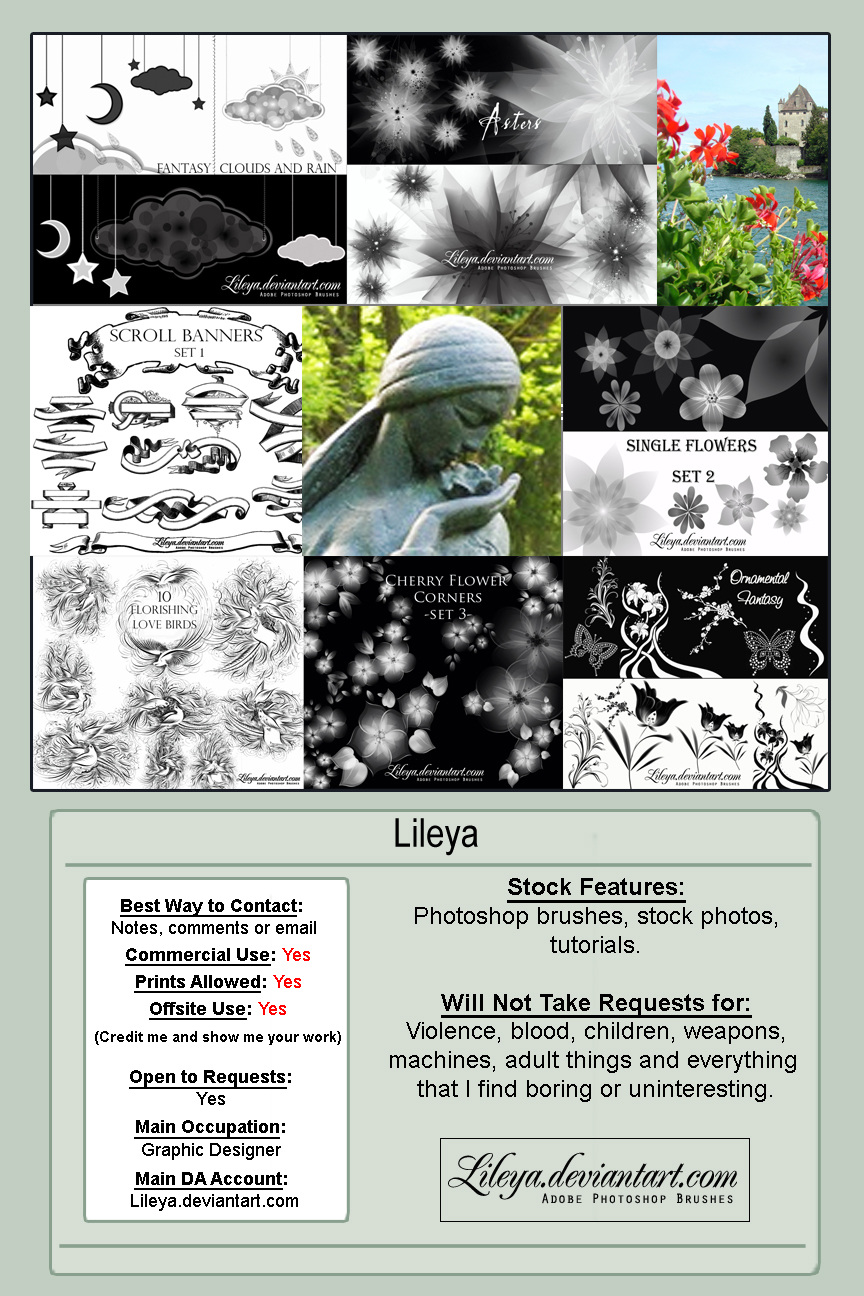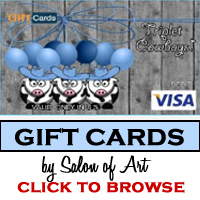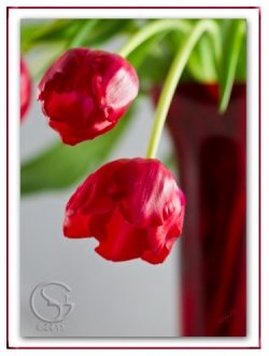 Dash of Inspiration Post for GCU Community Blog Floral Photography 101 and Beyond! I offer some beautiful examples of floral photography along with tips and many great video tutorials on post processing floral images to make them marketable and give them that WOW factor! View Examples
0 Comments
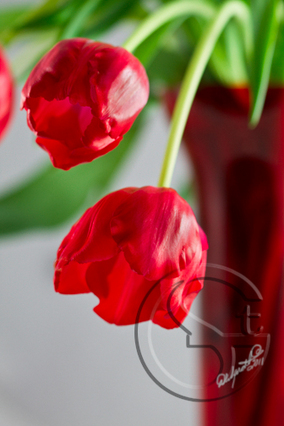 ©Doreen Erhardt 2011 For any photographer, whether amateur or pro, flowers are a seemingly irresistible subject. Though it's easy to take a picture of a garden or bouquet, it takes some thought and a bit of technique to make those floral photos stand apart from the average snapshot. These techniques are not just having fancy equipment, though a macro lens, reflectors and back drops offer some exciting options; photographing gardens, nurseries in full bloom and bouquets can be very rewarding without a lot of expensive equipment . What makes a beautiful floral shot? A unique composition, well determined depth of field, and interesting lighting. These things properly combined allow you to represent the gift that nature has given us. Flowers have texture, markings and shape that just beg to be captured and interpreted by the viewer. Choosing a Subject and Composition 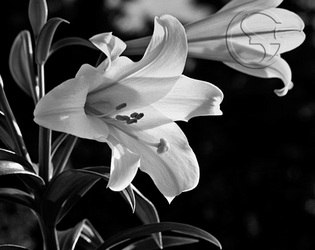 The Lily ©Doreen Erhardt 2011 So let’s start with composition. If you wish to capture a garden shot or bouquet, then you also have to pay attention to the surrounding distractions and decide whether to include them or remove them. Seeing what surrounds the flower(s) is the first step in taking the perfect photograph. Dead branches, wilted flowers, and dried out bushes are only a few distractions you might find in a garden, so keep this in mind when choosing your subject. Look for the perfect specimen or the most unusual such as; variations in color, light or even a dew drop or frost can be lovely. In most cases, flowers with bugs, missing petals, dead spots or garden debris will not be visually appealing to the average viewer, and will stick out like a sore thumb in your photograph. If you wish to capture two or more blooms in one image that stand apart from the rest, find a set that are all facing a similar direction creating a flow that draws the eye into and then back out of the photograph. If the flower you think of as the ‘best of the bunch’ is surrounded by blooms facing in a variety of directions and you choose not to single out that perfect bloom, you may end up with a photograph that simply represents chaos. Consider these options when establishing the shooting background.
Important Factors to Consider 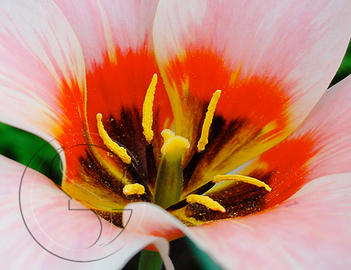 Brushstrokes on Petals ©Doreen Erhardt 2011 Wind Even the slightest breeze can create problems for you when photographing flowers outside. Capturing the feeling of a soft breeze in a floral photograph is best done with a wide shot of a meadow or garden, so the viewer can see the bend in the stems in addition to some movement. The only thing a slight breeze does for the floral close-up is cause it to be blurry. So either plan your outside shoots on calm weather days or bring some blooms inside and shoot in a more controlled environment. Focus Your focus point, though always important when shooting any subject, is particularly critical when shooting flowers. If you are shooting with a Macro lens, the lack of DOF can make the perfect shot a flop if the only place with sharp focus is not the center of the flower or forefront petal. Using a longer lens and wider aperture to allow you to blur around your subject will provide a softness that works very well in flower shots and is also a good option. 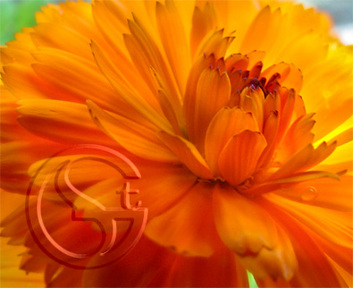 Summer Burst ©Doreen Erhardt 2011 Lighting Flowers, in my opinion, are one of the few subjects where the color temperature can vary greatly and still create pleasing results. Both natural light and artificial light will work for a close-up shot of flowers. The character and angle of light is however very important. As with most outdoor subjects, shoot morning and late afternoon to avoid harsh shadows. The soft lighting conditions of shade and cloudy days can be perfect times for flower photography and can create some wonderful lighting opportunities. You can use fill flash in deep shade if you consider using a flash diffuser to control wash out. Indirect lighting usually gives a more natural look and can be obtained with reflectors. Even white foam core or mat board to bounce the light back into the dark areas can help you create a natural, even lighting effect. A really lovely look, when it can be obtained, is a close-up with the sun coming through the petals as if the flower was lit from underneath. Also try back-lighting the flower for another appealing and unique perspective. Put the sun behind the flower and position the flower between the sun and your camera. Shooting indoor floral shots often create some beautiful results. The warm tones of light coming through a window or from tungsten bulbs are pleasing to the human eye when it comes to floral images. Again, rather than a flash, use a reflector, white paper or foam core to bounce the light back and fill in the shadows to create a softer light source. You can also use white paper or a white sheet to diffuse the light if it’s bright by putting it between the light source and your subject. Be Inspired & Creative! 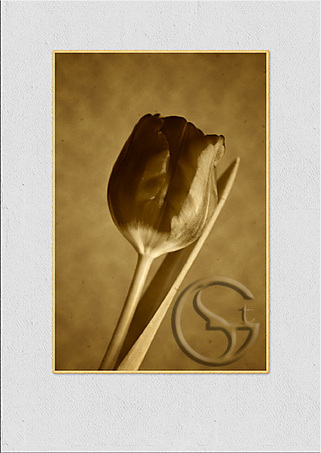 Vintage Tulip ©Doreen Erhardt 2011 The photograph above of the Red Tulips was taken with my new creative tool, a tabletop soft box. Natural light has always been my preference, but I am looking forward to experimenting with indoor photography in a mini studio. I had a full studio lighting set up, but when I stopped being the 'traveling portrait photographer' I was too lazy to set it up at home only to take it down an hour later...not to mention storing the beast! So, I sold it and just a few weeks ago invested in my wonderful little tabletop setup. So where will your inspiration take you? Maybe come spring you'll take your camera to the nursery or farmer's market in search of flowers...or maybe I gave you the reason you needed to buy yourself a gorgeous bouquet of blooms to bring home and try your hand at indoor floral photography. Maybe you now have the courage to visit the neighbor's beautiful garden, if you give them some of the photos I'm sure they would be thrilled to let you play in their yard for hours! Whatever you choose, may your photographs bloom! |
Resources
Here we archive our Photo Tips, Tutorials, Marketing Tips and Preset Downloads from all our sites. ENJOY! Categories
All
My favorite
|


